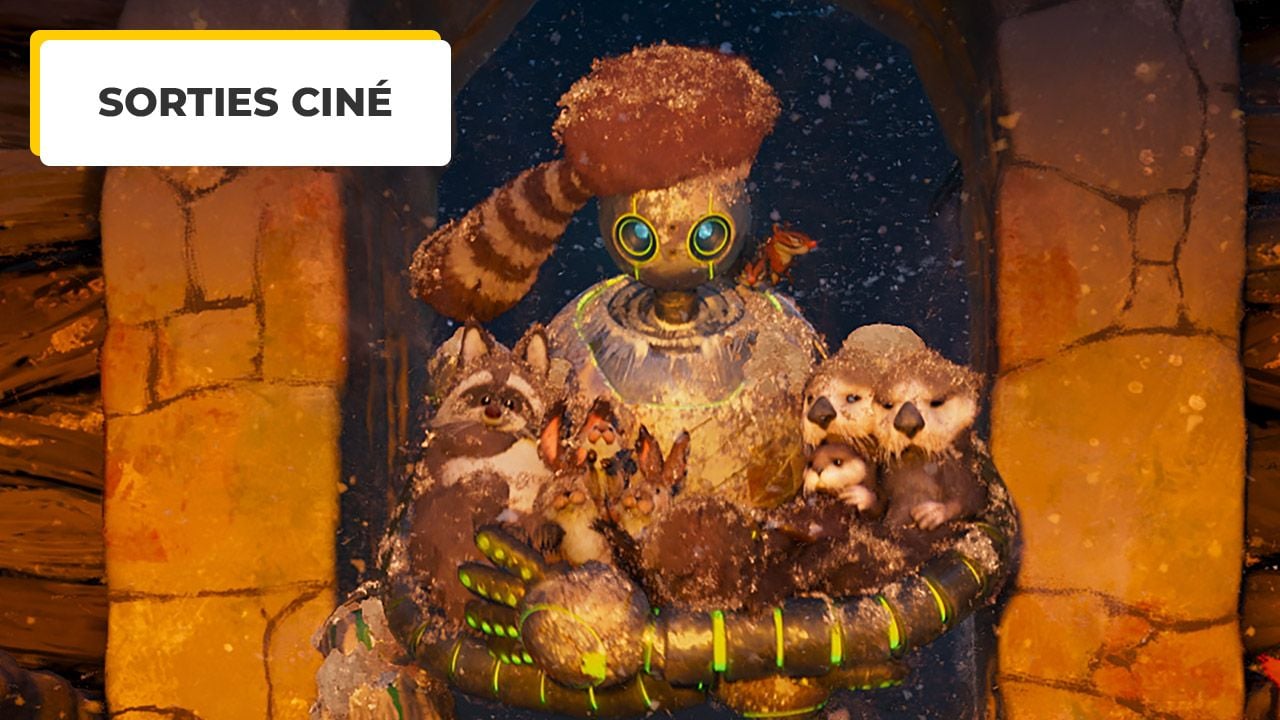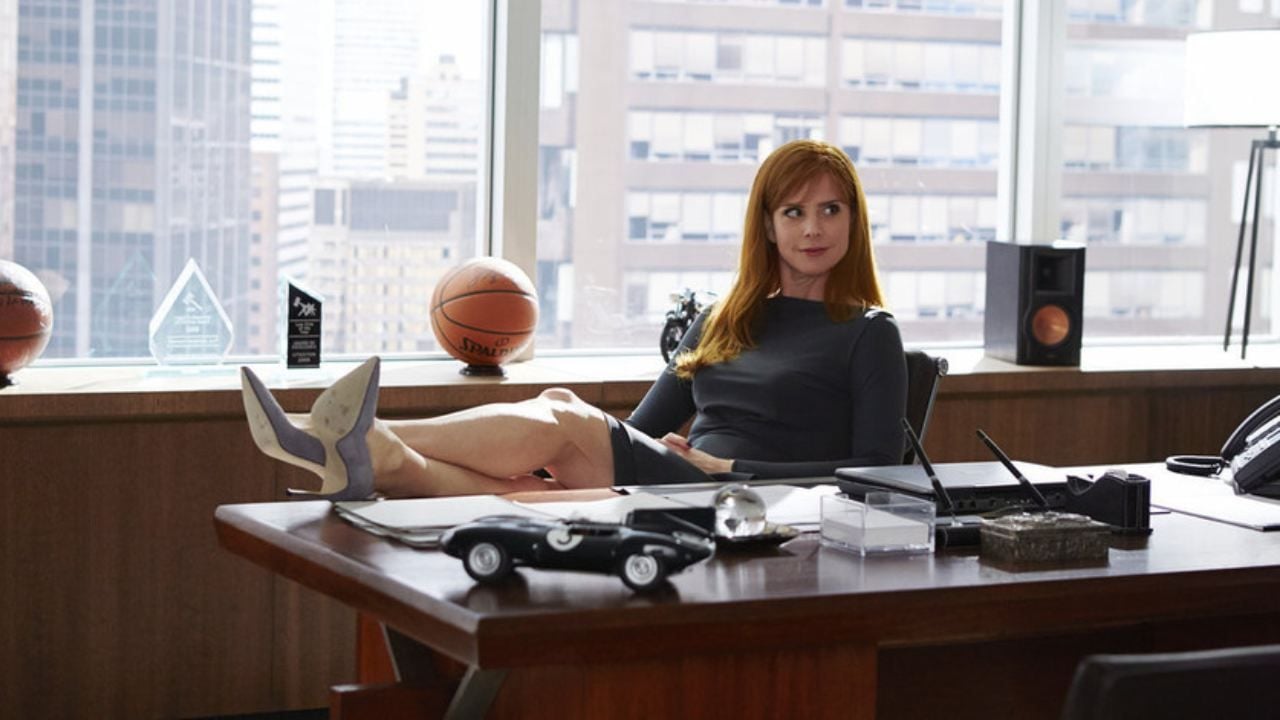Chris Sanders, to whom we owe Lilo & Stitch, Dragons and The Croods, returns with an ambitious new project: Wild Robot, an animated film with innovative graphics, adapted from the bestseller by Peter Brown.A wild robotThe illustrated novel, published in 2016, is the first volume in a trilogy, and immediately took first place on the bestseller list. New York Times.
The story tells the incredible epic of a robot – unit ROZZUM 7134, aka “Roz” – who, after shipwreck on a desert island, must learn to adapt to the hostile environment, gradually establishing a relationship with the island’s animals. He eventually adopts the orphan Ghosl.
On the occasion of the theatrical release of this masterful work, which will appeal to young and old alike, we were able to speak Chris Sanders who talked about the process of creating the film and its sources of inspiration.
3-time Oscar nominee Chris Sanders reveals he discovered Peter Brown’s novel while doing his daughter’s homework. Years later, during a meeting at DreamWorks, the director saw that “A wild robot“There was a list of films in development. Then he expressed interest at the studio and was able to talk to the novelist Peter Brown before the release.
Cover of the novel “Wild Robot”
Introduced at the Annecy Animation Film Festival, where the first images of the feature film were presented, producer Jeff Herman told us that he was first struck by the cover of the novel. :”I found this image of a lonely robot in nature fascinating. It immediately raises many questions and emotions. There is something mysterious, confusing, attractive about it. But as we read further, we find that we can identify with him on many levels, because the central theme of the story is: What does it mean to be human?.
A story made for animation
Except everything is told through robots and animals. The method of processing the subject is new and somewhat different from what we usually do. There are long moments where there isn’t much dialogue. All these aspects were really intriguing, although the film remains essentially animated. Again, since it’s about robots and animals, it’s a story made for animation.
So how can we explain what it means to be human when the protagonist is a robot? How to reach the community by car? Chris Saunders did a lot of work on Rosie’s design – which actually looks nothing like the cover of a Peter Brown novel.
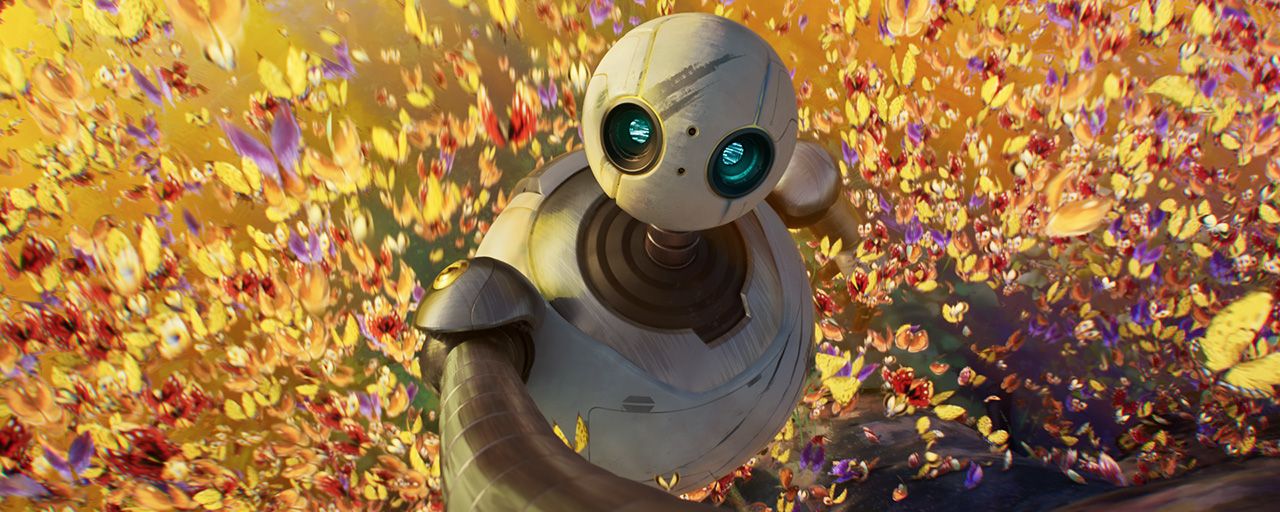
Finding the right robot design
He explains that he was particularly inspired by Buster Keaton and Charlie Chaplin: “First of all, there’s the voice, and then there’s the design. So the animators had a lot of work to do with his movements. I didn’t want him to have a mouth. I wanted all the emotion to come through. His voice and his movements, so the animators were inspired by silent movie stars, such as Buster Keaton and Charlie ChaplinNot only to create inventive moves, but to create a character that is likable but a little overwhelmed and lost in his situation.
Peter Brown’s Roz is very specific and very graphic. Jingguan HuangOne of DreamWorks’ visual effects artists suggested a rounded, symmetrical shape. I think he deserves credit for cracking the code. Many of us, myself included, have experimented with paintings. Again, we wanted to respect the proportions of Peter’s design, but we needed to add some detail. It was Jinguan who succeeded. One day he came in and introduced us to his version of Rosie, and we were all like, “Okay, that’s it. You did it. We love that Rosie.” I think the simplicity of the design he came up with is compelling, attractive and powerful. “
Lupita Nyong’o is the architect of Rose
But beyond the visual design, Rosie’s voice, played by Lupita Nyong’o, also played a crucial role in characterizing the character. The director adds to our microphone:Then, I think we should not exaggerate what Lupita Nyong’o Made for sound. He is the architect of Rosie and I was fascinated by the idea of working with him and seeing how he did it.
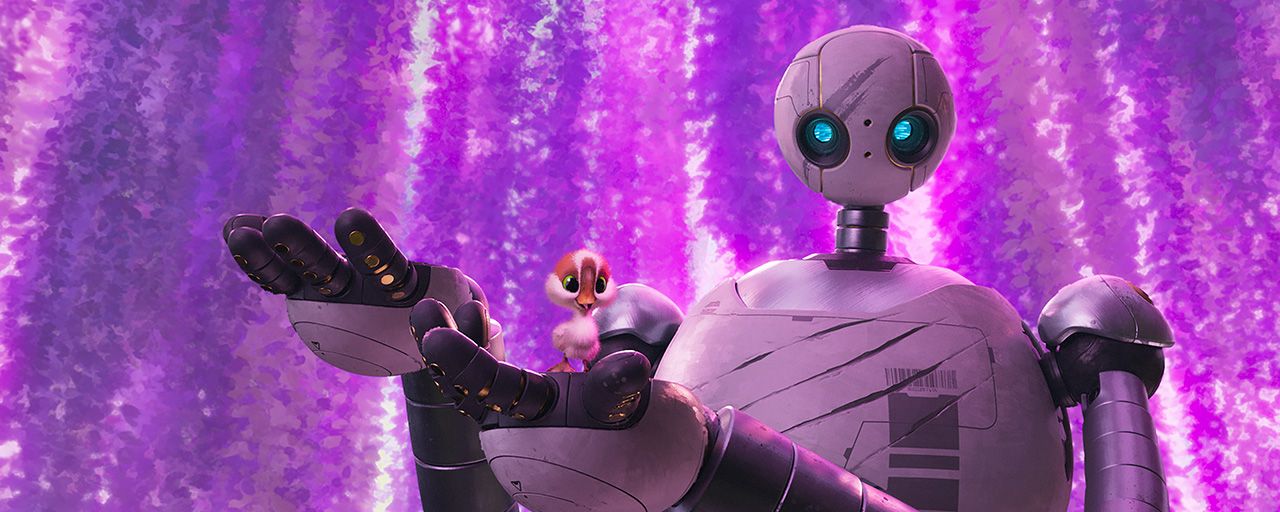
Before we record anything, we sit down and talk about the scene, the character, and the overall arc that the story follows. I never left a recording without having a lot of notes that I would then refer to the scene that we had already recorded, but also to other scenes that would come in the film. The next time Lupita and I met, we would repeat the same scene and use everything we had learned.
So it was about making sure that Rosie was her own, unique character. But I think above all, all the credit goes to Lupita and her creativity, her genius and her ability to create this amazing sound that changes from beginning to end. It’s really evolving. There’s an artificial optimism to her from the beginning that’s soothing and approaches Lupita’s normal voice by the middle of the film.”
A faithful adaptation of the heart of the novel
From the beginning, Chris Saunders wanted his film to honor the beauty of the story and the strength of the themes discussed. He tells us: “We feel a great responsibility for the story and wanted to be as faithful as possible to what he wrote. There is always an adaptation when we go from the book page to the screen. There are choices we have to make as filmmakers. Film is a very disciplined thing: you only have a limited amount of time to tell your story, and the audience only has a limited attention span. There are things that we must do. So “responsibility” seems to me to be the right word.
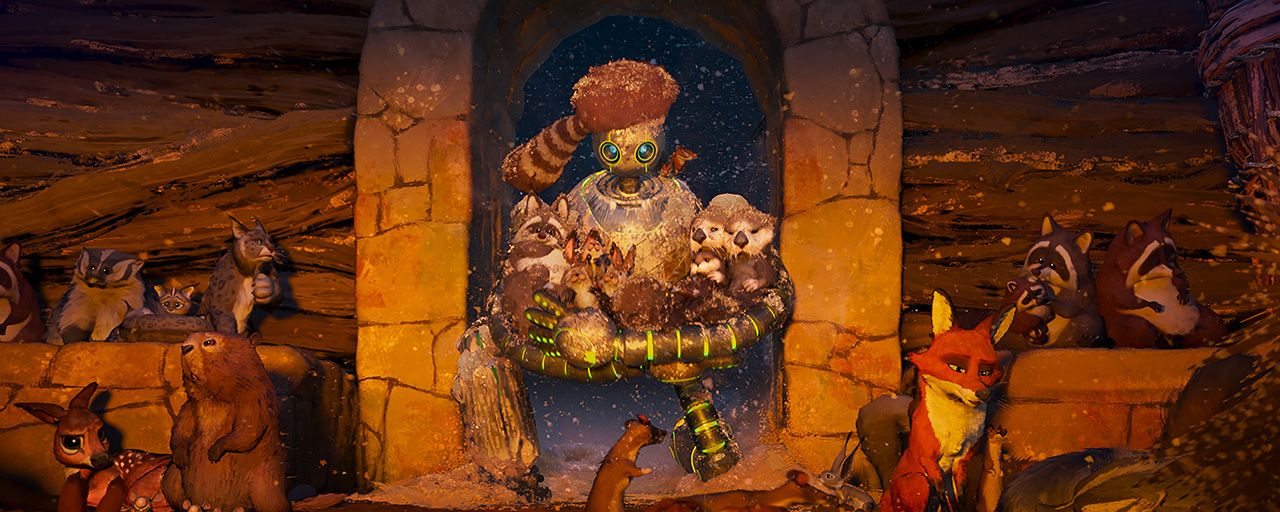
But it was essential that the adaptation we created was to translate the heart of Peter Brown’s story to the screen. So I opened up the space so that the emotional aspects of the story took on a scale that I thought was appropriate for a feature film.”
Unique and innovative visual style
One of the biggest challenges of the film was the visual style. From the beginning of the project, Chris Sanders and his team decided to create a unique and sophisticated visual identity to better distinguish the story.
He states: “Most of the styling comes from our visual development artist, who was one of the main designers doing color studies and sketches early on. His style, impressionistic and very free, immediately seduced me. I quickly realized that this was a style I wanted to explore in the film, hoping that our final product would be inseparable from his color studies, which were very impressionistic.
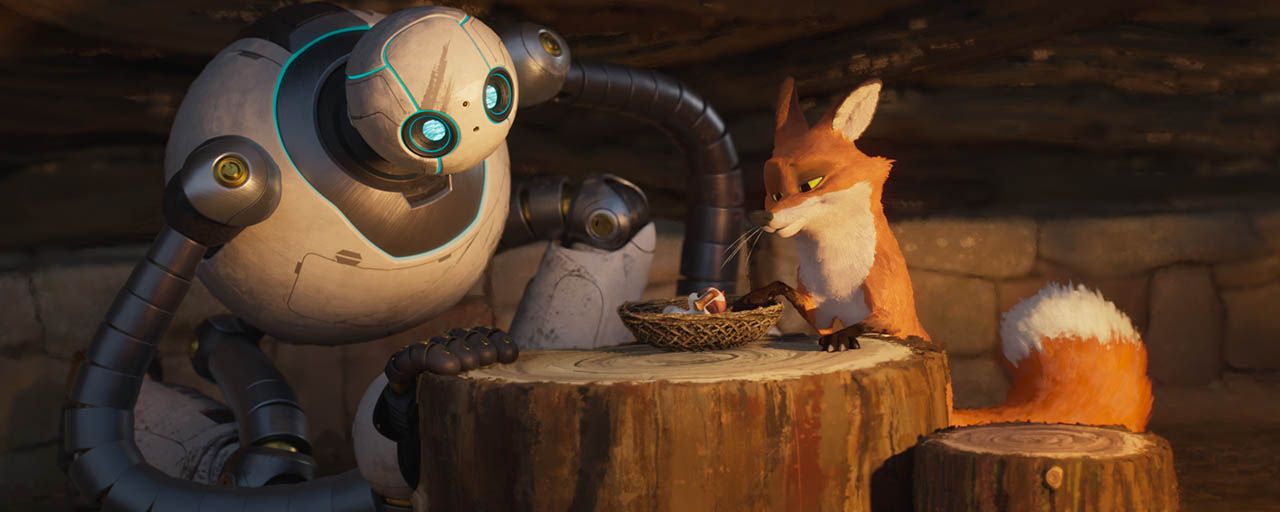
The resulting effect is difficult to explain. When you look closely at this type of painting, it seems that it is just a mass of colors. But when you step back, it all comes together to create a brilliant picture. So in this film we have what we call a “dimensional painting”.
Instead of building structures like a classic animated film, we created realistic dimensional drawings. Although they are digital, they are entirely created by the artist, bringing the unique analog warmth of the human touch and adding emotional weight to the film. The importance of this factor cannot be overstated in ensuring that the emotional impact of the film is conveyed on the screen.“
Imagine the Miyazaki Forest brought to life thanks to the work of Claude Monet
To create the characters, the team was particularly inspired by the depictions of animals in early Disney classics such as David D. Handy’s Bambi (1942), as well as the atmospheric forests of Hayao Miyazaki’s films.
Sanders explains:Using technological advances, we created a film with a completely unique animation style. I guarantee you that no one has ever seen anything like it. It’s a painting in motion.” In the press kit, the filmmaker makes a rather clear metaphor: “Imagine the Miyazaki Forest brought to life thanks to the work of Claude Monet.”.
Wild Robot marks a significant step in the career of Chris Sanders, who departs here from the visual style of his previous works, with a film that is both graphically revolutionary and deeply moving. With Wild Robot, DreamWorks proves that robots still have a lot to learn after Wall-E. The perfect piece to celebrate 30 years of Dreamworks animation.
Wild Robot can be found in a (family-friendly) movie theater.
Source: Allocine
Rose James is a Gossipify movie and series reviewer known for her in-depth analysis and unique perspective on the latest releases. With a background in film studies, she provides engaging and informative reviews, and keeps readers up to date with industry trends and emerging talents.

